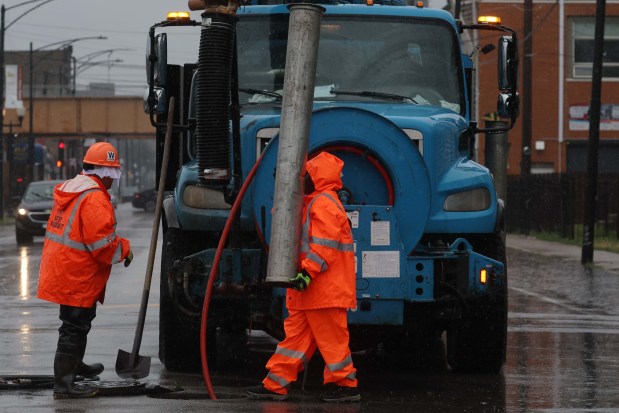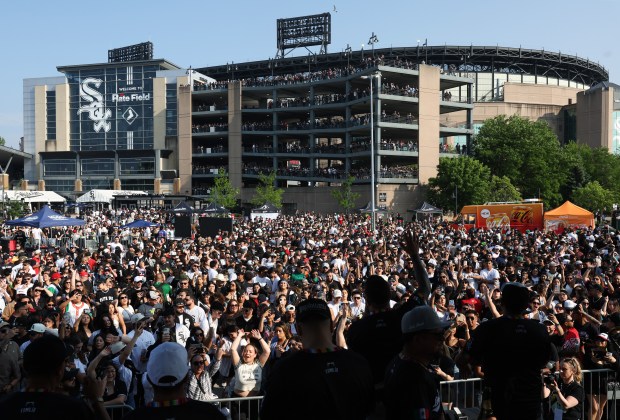Scores of water mains throughout Chicago are too close to sewer lines, according to a new report that cautions the potential risks to public health could cost taxpayers millions of dollars to fix.
In a six-page letter released Wednesday, Inspector General Deborah Witzburg slammed the Department of Water Management for failing to ensure contractors complied with state and city regulations intended to prevent human and industrial waste from tainting drinking water.
Witzburg said experts told her investigators that the level of pressure maintained in underground water mains likely thwarted any contamination. But she urged the city to improve its communication with Chicagoans, in particular when sections of the system malfunction and boil orders are issued.
“Parts of the city’s network of water mains have lost full pressurization multiple times in recent years, raising the specter that structural protections against a contamination event might fail,” Witzburg wrote in a December letter to Randy Conner, the city’s water commissioner.
One example cited by the inspector general involved a July leak inside the century-old Roseland Pumping Station that prompted a boil order for the Auburn Gresham, Beverly and Morgan Park neighborhoods.
The water department took six hours to warn residents after water pressure began to drop, the inspector general noted.
Water and sewer lines are supposed to be at least 10 feet apart. Yet in more than 1,200 spots in the city, including multiple blocks on some streets, work performed by water department contractors failed to comply with state and local health regulations, according to the inspector general’s report.
As of May 2024, the city had spent nearly $10 million fixing the problems.
Water department officials have attempted to force the contractors to pay for alleged mistakes, a potential solution disputed in lawsuits the contractors filed in Cook County Court. One of the contractors contends its share alone could cost $83 million.
City officials borrowed more than $400 million during the past decade to replace leaky water mains. An unnamed water department official told the inspector general there was little, if any, oversight of how the work was conducted.
In a reply this month to Witzburg, Conner said there are no threats to public health because the city constantly monitors water pressure and promptly detects leaks.
“These extensive … monitoring and operational steps protect Chicago’s drinking water from health and safety risks,” Conner wrote.
Left unaddressed by the inspector general’s report is the fact that hundreds of miles of new water mains were attached to service lines made of brain-damaging lead. Chicago has more than 400,000 of the toxic pipes, by far the most of any U.S. city. Local plumbing codes required the use of lead to convey drinking water into homes until Congress banned the practice in 1986.
Regulations adopted by former President Joe Biden’s administration require every one of the city’s lead service lines to be replaced within two decades, an initiative that will cost billions more than the water main replacement program and the fixes required under health regulations.




